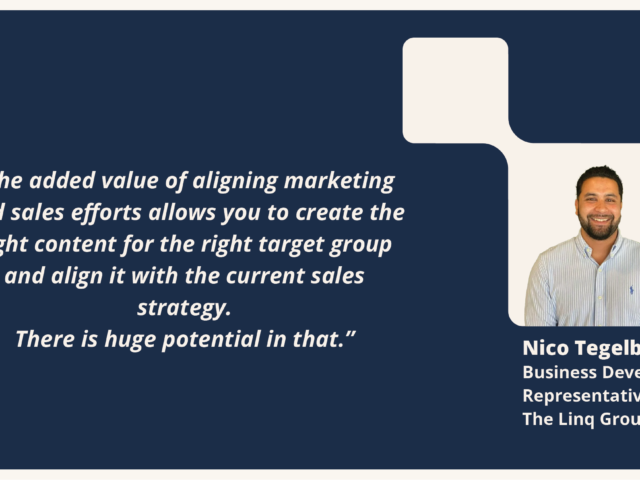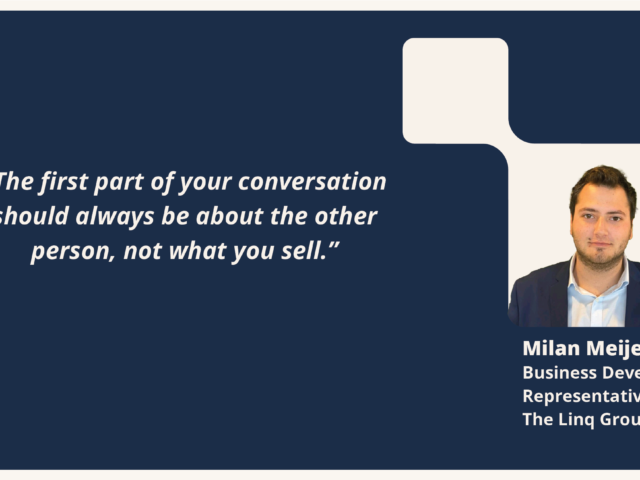MEDDICC vs. BANT: Which Sales Qualification Framework is Right for You?

A solid lead qualification process is an essential part of every successful sales strategy. And the process of qualifying leads starts by using a relevant framework that captures the right data for your sales team. Two widely used models are MEDDICC and BANT. Both have proven their efficacy but in different contexts.
Sales qualification is not a one-size-fits-all endeavor, and the choice between MEDDICC and BANT should be dictated by the specific needs and challenges of your sales environment. By understanding the intricacies of each method, sales teams can make a more informed choice, leading to more effective sales strategies and, ultimately, higher revenue.
Let’s look at which lead qualification framework is the best choice for your sales environment.
Table of contents:
- How does lead qualification work?
- Why lead qualification is important
- The MEDDIC qualification framework
- Three tips for implementing MEDDICC
- The fundamentals of BANT
- Key features of BANT
- Three tips for implementing BANT
- MEDDICC vs. BANT: How do they compare?
- Final thoughts
How does lead qualification work?
Qualifying leads means capturing the right data for your sales team. This information will help them evaluate if someone is a good fit to do business with.
After someone has shown an active interest in a product or service, companies will use the gathered data to determine how closely a new lead matches their ideal customer.
If the prospect passes the screening process, they will be qualified as a potential new client. Then, the sales team will reach out over the phone or via email to get a better understanding of the prospect’s intentions and needs.
Sales teams will use these follow-up conversations as a secondary lead qualification phase. This way, they can collect more data to decide whether a lead is worth investing more time in.

Why Lead Qualification is Important
- Resource efficiency: Ensuring you’re focusing your team’s energy on the most promising prospects is a game-changer. It’s a time and resource saver, allowing you to prioritize effectively.
- Higher conversion rates: Aiming your efforts at qualified leads is like archery with a laser sight. Your shots are more likely to hit the bull’s-eye, translating to higher conversions and more revenue.
- Improved customer relationships: When you’re speaking the same language as your prospects, the communication is more fluid, and relationships are more likely to thrive over the long term.
So, with those fundamentals in mind, let’s delve into the specifics of the MEDDICC and BANT frameworks. How do they differ in approach, complexity, and suitability for various sales scenarios? And most importantly, which one aligns best with the unique challenges and opportunities of your sales environment?
The MEDDIC qualification framework
MEDDICC is an acronym that stands for Metrics, Economic Buyer, Decision Criteria, Decision Process, Identify Pain, Champion, and Competition.
This framework is especially suitable for complex sales environments where multiple stakeholders are involved, and sales cycles are long.
Key features of MEDDICC:
- Metrics: This is all about the numbers. How will the solution impact the client’s bottom line? What kind of ROI can they expect?
- Economic Buyer: The individual who has the financial authority to make purchasing decisions.
- Decision Criteria & Decision Process: Outlining the criteria that the solution must meet and the process by which a vendor will be selected.
- Identify Pain: The problem-solving aspect. What issue is the client facing that your solution can resolve?
- Champion: This is about finding an advocate within the prospect’s organization who will champion your solution.
- Competition: Assessing the competitive landscape to understand how your solution stacks up against others.
Three tips for implementing MEDDICC:
- Comprehensive training: The MEDDICC framework is intricate. Make sure your sales team understands each component deeply. Role-playing exercises can be particularly effective in this regard.
- Leverage CRM systems: A robust CRM system can be invaluable for tracking each element of MEDDICC for every prospect. This ensures that no critical information is lost.
- Weekly review meetings: Consistency is key. Hold weekly meetings to review the MEDDICC status of each prospect. This keeps everyone aligned and focused on the right activities.

The fundamentals of BANT
BANT is a much simpler framework, but simplicity is often a strength. It stands for Budget, Authority, Need, and Timing. It’s a quick qualification method that’s often used for less complex sales with shorter cycles.
Key features of BANT:
- Budget: Does the prospect have the financial resources to make a purchase?
- Authority: Who has the power to say ‘yes’ or ‘no’?
- Need: Does the prospect have a problem that your solution can solve?
- Timing: When does the prospect intend to make a purchase?
Three tips for implementing BANT:
- Early-stage qualification: BANT is perfect for early-stage qualification. Use it to quickly sift through leads to find the most promising ones.
- Question scripting: Develop a set of questions that naturally elicit BANT information during initial conversations. This can make the qualification process smoother and more organic.
- Lead scoring: Assign scores to each BANT criterion. This quantitative approach can help prioritize leads and guide the sales team on where to focus their efforts.
Did You Know?
The BANT framework has its roots in the early 1960s, developed by IBM. Which is fascinating, considering that a method developed over half a century ago still remains such an essential pillar in the sales process of businesses across many different industries and verticals.
MEDDICC vs. BANT: How do they compare?

Complexity and depth
- MEDDICC: This framework is designed for complex sales environments. It provides a comprehensive understanding of the prospect’s needs, decision-making processes, and potential roadblocks.
- BANT: BANT is far simpler and is generally more appropriate for straightforward sales where the main concerns are budget and immediate needs.
Time investment
- MEDDICC: This framework requires a significant time investment. However, the depth of understanding it provides can be invaluable in complex sales scenarios.
- BANT: BANT is quick and easy to implement. It may not provide a deep understanding of the prospect’s needs or decision-making process, but it’s excellent for quick qualification.
Flexibility and adaptability
- MEDDICC: This framework is highly adaptable. It can be tailored to fit changes in the sales cycle or shifts in the prospect’s internal landscape.
- BANT: BANT is less flexible. It’s based on static criteria that may not capture the nuances of a complex or evolving sales scenario.
Final thoughts
Both MEDDICC and BANT have their unique strengths and weaknesses. If you’re navigating a complex, high-value sales environment with multiple stakeholders and a lengthy decision-making process, MEDDICC is likely your go-to framework. On the flip side, if your sales cycles are shorter and the buying process is less complicated, BANT could be the better fit.
The key is to understand your sales environment well enough and choose the framework that aligns best with your needs. Whichever method you opt for, proper training and consistent implementation are critical for success.












